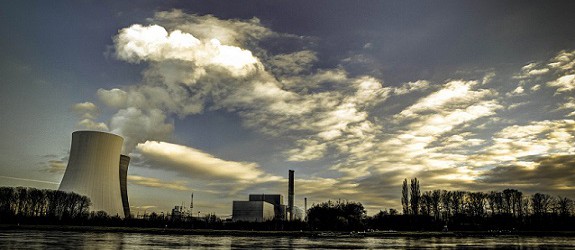Increasing global power demand – coupled with high natural gas prices in Asia and Europe for electricity generation, make the nuclear energy generation a national priority for developed and developing countries. Russia, as one of the leaders on this market has only increased its advantage, something that the U.S. has failed to do, even though the U.S. has the world’s largest number of nuclear reactors in service.
Russia’s state-owned “Rosatom” currently has contracts to build 19 nuclear reactors worldwide. In October, “Rosatom” and “Atomstroyexport” signed a contract to build a $10 billion nuclear power plant in Jordan. “Rosatom” will also build and operate Turkey’s first nuclear facility – a massive four-reactor plant expected to cost $20 to $25 billion. It will serve as the pilot project for the company’s new “build-own-operate” model.
The success can be credited to the Kremlin’s political and financial support of its nuclear flagship. Moscow allocated $32 billion over a two-year period to finance Rosatom’s expansion. Access to this cheap, long-term financing gives the Russian nuclear company an obvious advantage over competing firms. Robust support and a thriving nuclear industry is a part of Soviet industrial history. Furthermore, “Rosatom” is one of the few full-service providers, including construction, fuel, waste management, and decommissioning. Unfortunately, due to U.S. government policy failures, American companies do not compete globally in nuclear waste management.
Ernst & Young’s 2012 nuclear industry report for 2012 notes: “Russia is highly recognized for its nuclear disaster expertise and for the safety of its technology. In 2011, Russia won twice as many bids to construct nuclear plants abroad as it did the previous year and aims to maintain a leading position in the international market”.
“Rosatom” expects to sign contracts for up to 80 reactors in the coming years. While the company is enjoying the nuclear power spotlight, their American competitors are struggling to keep a place in the sun. Even though the U.S. is still the largest producer of nuclear power in the world, it’s only just coming off a more than thirty year hiatus to new reactor construction.
Internationally, “Westinghouse” – the American nuclear power leader that has become a “foreigner” at home and is now owned by Toshiba (87 %), Kazatomprom (10 %) and IHI (3 %) – has been able to secure several contracts. But some have been mixed blessings. For example, a 2007 deal with China worth $8 billion was contingent upon transfer of Westinghouse’s AP1000 technology and plagued with delays, cost increases and controversy. By agreeing to these terms, Westinghouse restricted its long-term role in the development of the largest nuclear market in the world, while nurturing the creation of an up-and-coming global competitor.
The US has used its political capital in support of bids, to mixed results. Even with the involvement of high-level government officials such as then secretary of state Hillary Clinton, negotiations in places like the Czech Republic haven’t yielded breakthroughs. This is partly because of Westinghouse’s failure to localize its supply chain and shed its “made in China” stigma – things very sensitive in Eastern Europe.
Meanwhile, here in America, progress is painfully slow. While the 2005 Energy Policy Act provided subsidies for a limited number of reactors, it did nothing to address the underlying political and regulatory barriers confronting the nuclear industry. The five new reactors that are currently under construction will be the first to be permitted since 1978 – but no additional projects in the pipeline are on the path to success. There is still a lot to be done for nuclear renaissance in the U.S.
Ariel COHEN
Senior Research Fellow in Russian and Eurasian Studies and International Energy Policy at “The Heritage Foundation”
Source: Newtimes.az
























































